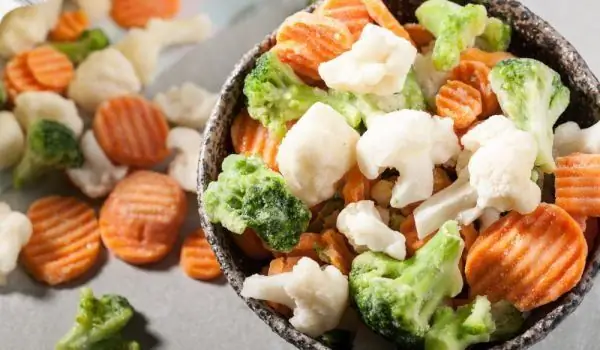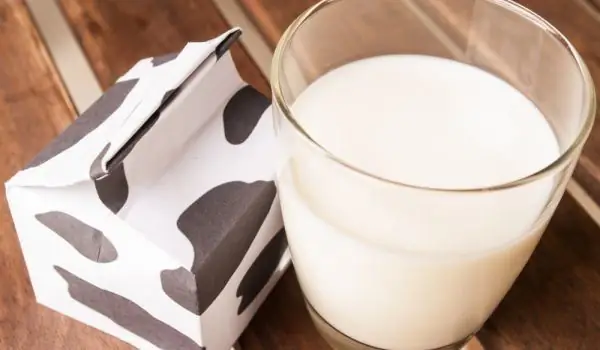2025 Author: Jasmine Walkman | [email protected]. Last modified: 2025-01-23 10:18
Bread is one of the oldest foods that humanity earns a living from. It is an integral part of our table. Nowadays, there are many different types of bread that we choose according to our taste preferences and health problems. There is a lot of false information about the bread and the way it goes from the factory to the shops.
Lie: Growers put large amounts of cornmeal in wheat bread to weigh more.
Truth: No grower does this because cornmeal is more expensive than wheat flour and reduces the volume of bread.
Lie: There is a lot of salt in bread, as it is the cheapest preservative. This ensures greater durability of the product.
Truth: The amounts of salt in bread are monitored by the Food Agency. The optimal amount used in it is 1.6% and it is added as a flavoring. No manufacturer benefits from salting their product. The amount of salt in bread is less than half the amount allowed per day.
A lie: The crust of bread is much more useful than the environment, as it has a good effect on digestion.

True: When the bread is made of quality flour and all technological requirements are met, all its parts - the middle and the crust, have the same composition.
A lie: Bread with additives such as olives and cumin, for example, is made from low-quality flour, as they change its taste and there is no difference.
True: The addition of various additives requires the use of more expensive flour, with more gluten, as they disrupt its structure and volume.
A lie: Bran is added to the bread, which causes mold.
True: There are bran in every bread. The darker it is, the higher their percentage. Bran contains valuable substances that make bread more balanced and healthy. Mold, in turn, occurs as a result of fungal spores, which develop in conditions of high humidity. The main causes of these contaminants are hand touching and all manual operations. Bread in good industrial automated industries does not mold so quickly.
A lie: Dark types of bread are colored with artificial brown coloring.
True: Rye bread has a whitish-gray color. To achieve the characteristic brown color, manufacturers use malt.

A lie: The holes in the bread say that many leavening agents have been used.
True: Bubbles appear as a result of the fermentation process. When the dough is well mixed, the yeast is evenly distributed and the bubbles are everywhere. In addition, it is too expensive for manufacturers to indiscriminately add leavening agents.
A lie: Wholemeal breads achieve their consistency thanks to leavening agents and colorants, which are to blame for their characteristic porous appearance.
True: Real wholemeal breads are porous and small in volume. However, some producers produce white bread and add malt, which makes the bread look soft, fluffy and healthy at the same time.
Recommended:
Myths And Truths About Frozen Foods

The topic for frozen foods and products is one of the most current in recent years. These products, so convenient for every housewife, cause the emergence of many myths and legends about their use, some of which are complete lies. The freezer is an integral part of a household.
Myths And Truths About Caviar

Caviar is not only very tasty, but also a very useful product. It is also quite an expensive pleasure, which leads to a huge amount of dubious caviar on the stands. It is important to know how to make your choice. One of the most common myths about caviar is that black is more useful than red.
Truths And Fabrications About Sparkling Water

Many people tend in most cases to replace a glass of mineral water with soda when they are thirsty. But is it healthy? Here's what to look for if we want to find the answer to this question on our own. truths and fabrications about sparkling water .
Truths And Myths About Water

Life on Earth originated from water. The human body itself is ¾ water and it is extremely important to drink water almost constantly in sufficient quantities so that our body can rehydrate again and again. In addition to being vital, water is also able to keep our waist thin.
Pasteurized Milk - Myths And Truths

The path from healthy milk to dairy products, a source of allergens and carcinogens, begins with the modern feeding of cows for mass production. The milk obtained from them is subjected to pasteurization - a process in which milk is heated to 71-72 degrees for a short time in order to destroy pathogens in it.

